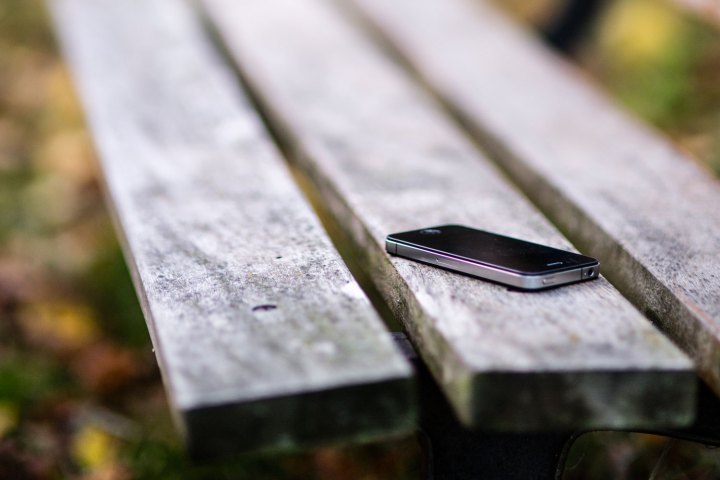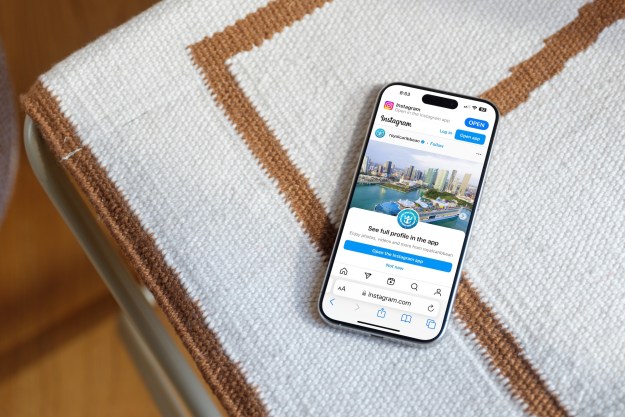
For example, what if your phone’s battery has died, or you left it in silent mode before losing it? In such an instance, calling wouldn’t necessarily help track it down — which is why an Intel patent, published Thursday, could make all the difference.
Intel is calling it a “low-power voice trigger for finding mobile devices,” and the name is quite self-explanatory. An audio processor, which would act independently of the device’s main processor, would be capable of listening for a predetermined phrase even when the phone is powered off or in standby mode. Once it detects the phrase — the example used in the application is “Hello phone” — the device could play a tone to help the owner locate it.
That’s a basic overview of how the system would operate, but Intel goes into much greater detail in the application. The company lists some potential problems with its proposal, the first and foremost being how it would interact with wireless headsets. Theoretically, the phone would default to the onboard microphone and speaker even in situations when it is still connected to an external device, like Bluetooth headphones.
The low-power location pitch was just one of two Intel patents brought to light this week. On the same day, an application for a “face-based secure messaging” scheme broke cover. Put simply, the proposal would allow an individual to send a message to another that would only unlock and be visible if the second user was present. The device would determine that by recording video of the recipient’s face, and matching that against a provided screenshot.
Many new phones today, like Samsung’s Galaxy S8, are using face detection and iris scanning as a means for authentication — allowing you to unlock your handset simply by looking at it. Therefore, it’s not surprising that Intel would look to extend this technology to messaging as well. Mobile-based chat apps are perpetually under the scrutiny of privacy advocates for not doing enough to protect their users and the contents of the media they share, so Intel’s patent is especially relevant now.
Speaking of which, it’s important to remember that patents are exactly what these ideas are — not guarantees of features you can expect to see on your smartphone in the immediate future, or possibly ever. However, as far as patents are concerned, they’re not far-fetched. In fact, they’re technically possible now, so it’ll be interesting to see if and how they materialize.


